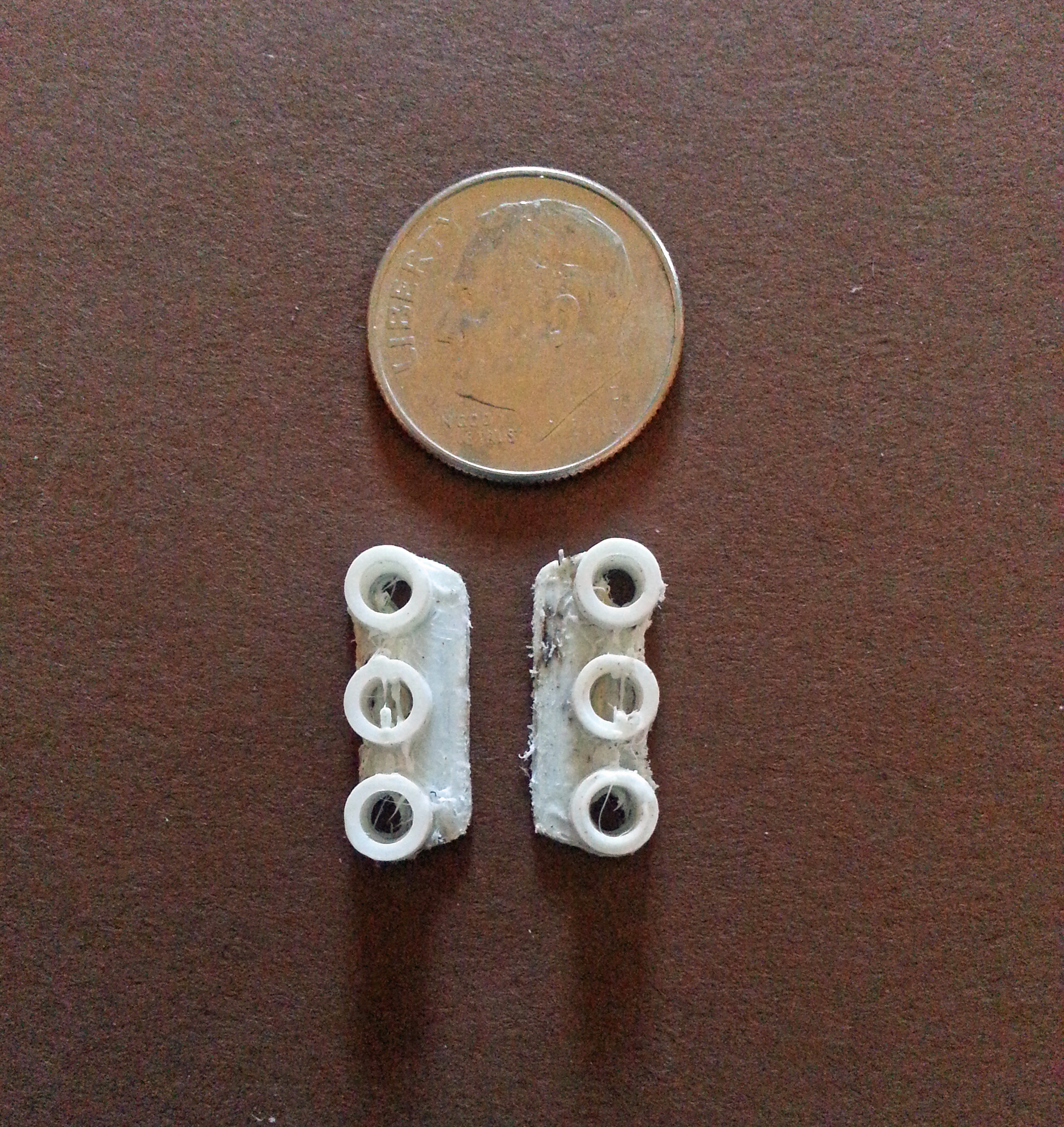Nylon has many characteristics that makes it desirable as a 3D printed material. The material is strong and durable, plus has a low friction coefficient, which makes it a versatile 3D printing material. Nylon, when used as a filament, has high interlayer adhesion and dries to a smooth and glossy finish.
You must beware. Nylon filament requires extruder temperatures above 240°C. Some 3D printers come with a hot end that uses a polymer called PEEK and/or PTFE (Teflon). Both polymers will begin to break down at temperatures above 240°C and will burn and emit noxious fumes. Please check with your printer manufacturer to make sure your printer will handle the higher extruder temperatures. You might want to see if your printer can use a E3D hot end. You will not be disappointed.
Another important thing to be aware of is Nylon, like PET(G), is hygroscopic. This means that is will readily absorb water from the air. Nylon can absorb more than 10% of its weight in water. To dry nylon, place it in an oven at 160°F- 180°F for six to eight hours to dry. Afterward, store the filament in an airtight container with desiccant. I discuss hygroscopic effects in my last article.
I am in the process of modeling a Plymouth 2 ½ ton locomotive. I will be using tinplate, polycarbonate, brass and with the 3D printer using ABS and Nylon.
I have been experimenting with Nylon and have finally found limited success discovering the correct print settings for my printer. You might have to do some experimenting yourself. Keep trying and follow your printer and filament suppliers recommendations.
Here is the recommended 3D print settings from the filament supplier that I use: (www.matterhackers.com)
240°C – 260°C extruder temperature
70-80°C bed temperature with PVA based glue
30-60 mm/sec extruder speed
0.2mm – 0.4mm layer height
Do not use layer cooling fans and avoid cool or drafty rooms for best results.
Environmental conditions
The temperature inside my lab is about 80°F with the humidity about 16%.
Robo3D Printer Settings
I used the following settings for printing Nylon:
240°C extruder temperature
75°C bed temperature with PVA based glue
50 mm/sec extruder speed
0.2mm layer height
30% infill
Layer cooling fan off.
Some of the details in the very small model (0.277” x 0.688” with features of 0.005”) were lost. This was because of the minimum 0.2mm (0.127”) layer height results in a little “squashing” of the filament as it is put down from the heated extruder. Also, it appears that the layers are not properly adhered.
New printer settings
I used the following settings for printing Nylon in hopes that I can cure the adhesion problem:
250°C extruder temperature
75°C bed temperature with PVA based glue
30 mm/sec extruder speed
0.2mm layer height
30% infill
Layer cooling fan off.
Print problems
I still have problems with layer adhesion. I am going to go against the manufacturer’s recommendations and go with a 0.1mm layer height.
New printer settings part II
I used the following settings for printing Nylon:
250°C extruder temperature
75°C bed temperature with PVA based glue
30 mm/sec extruder speed
0.1mm layer height
30% infill
Layer cooling fan off.
Final print
Even though I went against manufacturer’s recommendations by using 0.1mm layer height, the print is much better.
I am also starting to print a journal box for the 2 ½ ton locomotive. Also next on the list is to follow the excellent article in the December 2018 issue of Garden Railways, “Turn your own wheelsets” by Mike Lafond, and turn wheels for this locomotive.










